
On Friday (Sept. 20) we had the unique experience of visiting a farm located about a thirty minute drive outside of downtown Nanchong. After our morning language classes, we piled into four vans and drove to the outside of the city. Before long the paved road ended and we turned abruptly onto a dirt road that appeared to be heading straight for the forest. The trees, banana plants, vines and grasses that we saw through our open windows provided a remarkable contrast to the tall apartment buildings, concrete, and seemingly endless construction of the city.
The home we visited belonged to the extended family of our “Nanchong mother,” Wang Ying. We learned that the farm has been in the family’s possession for about five generations beginning well before the official founding of the People’s Republic (1949) and is currently taken care of by Wang Ying’s father-in-law, Duan. Shortly after we arrived and had a tour of the house, we were shown to some tables for lunch. We enjoyed a delicious meal featuring rice and vegetables raised on the farm.

Following lunch, we went with Duan on a hike around the premises to see the farming operation. We walked past some rice paddies, recently drained of water, that provide the family and other locals with food for the year. Large patches of sweet potatoes, beans, chili peppers, and greens also supplement the family’s diet and their income. The farm is located in the midst of hilly, green terrain, recently replanted with trees. Duan said that trees have been planted in an effort of environmental restoration following the events of the Great Leap Forward several decades ago. As we continued, ducks and chickens wandered around; several dogs barked, disturbed by our presence. When we made it back to the house we had the opportunity to talk more in depth with Duan, asking questions as they came up. He provided the group with a greater understanding of agriculture and what it entails in Sichuan Province.
Sunday (Sept. 22) provided us with another opportunity to journey outside of Nanchong. Part of the group met for an 8:30 a.m. worship service at Nanchong Christian Church before joining others on the bus bound for Guangan. After about an hour and a half on the road, we arrived at the city known as the hometown of Deng Xiaoping, a leader and reformist in the Communist Party of China, following the death of Mao Zedong, from 1978-1992.
We ate our packed PB&J lunches made by Myrrl and Ruthie in the shade of some trees before we went into the museum. As we ate, we became aware of the stares of some locals sitting nearby. Whenever we are together in a large group we attract a lot of attention; it has taken some getting used to. After lunch we went into the museum (there was air conditioning!) and spent the better part of an hour learning about the life and impact of Deng. Because of the reforms Deng pushed for toward a market economy, he can be credited with helping to pull hundreds of millions of people out of abject poverty. It was a neat opportunity to learn about recent Chinese history that will allow us as students to better understand what we’re experiencing in China today.
Following our time in the museum, we walked through the park area surrounding the building to see Deng’s childhood home. The building was made up of about ten rooms constructed in a horseshoe around a courtyard, and had served as his family’s home for generations. We toured the house and then met in front of the lake just outside before loading up on the bus and heading back to our host families in Nanchong.
-Painstakingly written by Malinda Bender
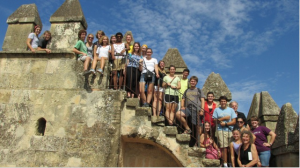
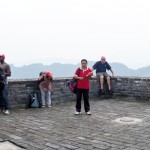

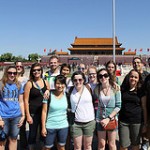
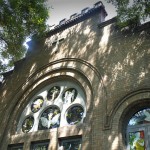



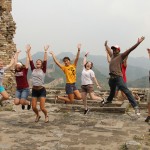
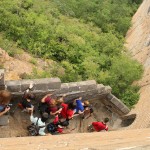
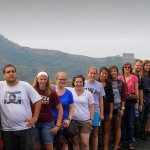


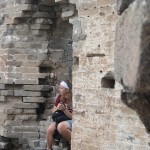
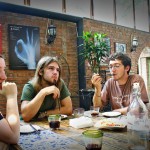
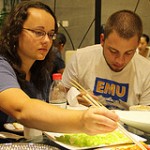

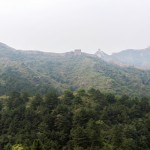
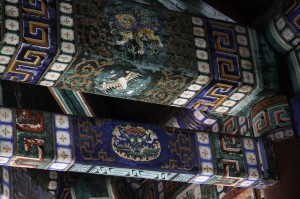
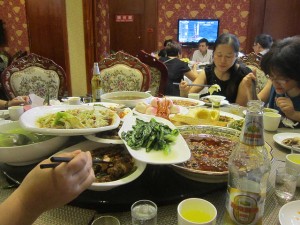


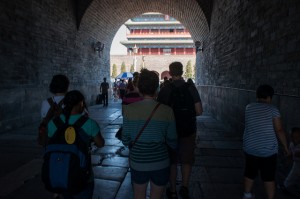
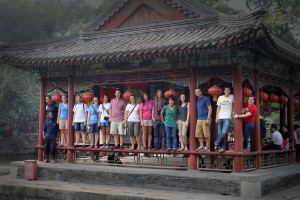
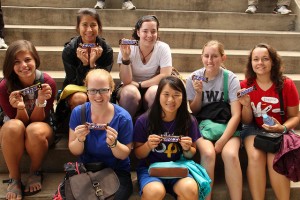
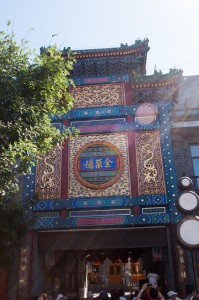

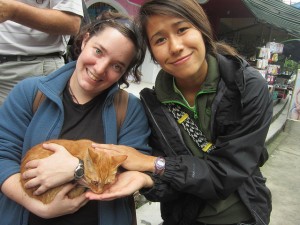

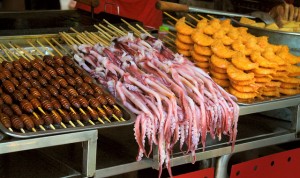
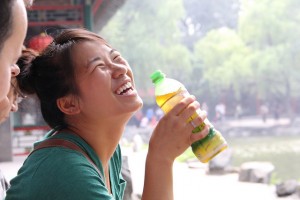
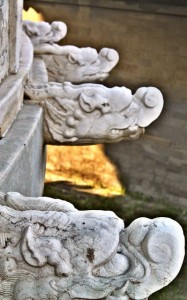
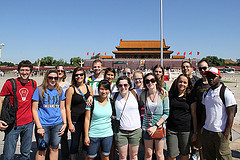
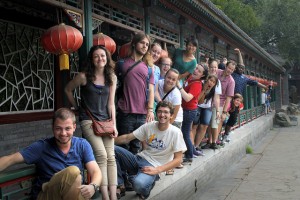

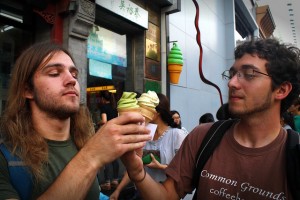



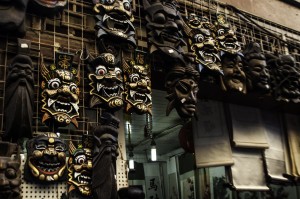
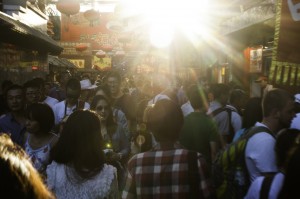
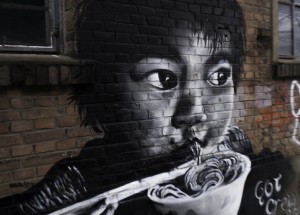

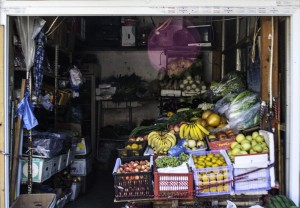



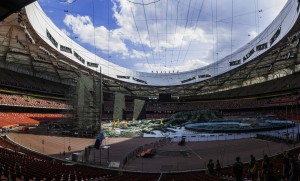
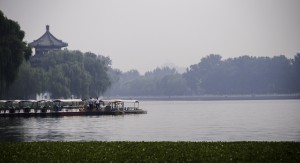


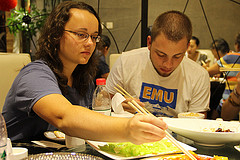



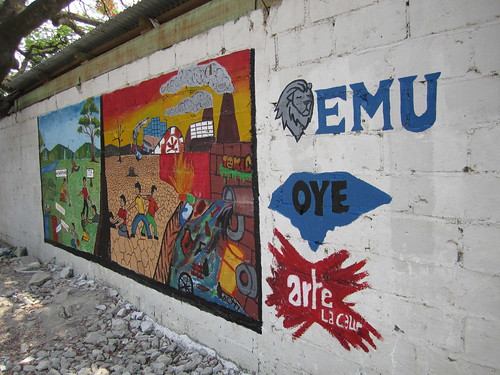

![IMAG0072[1]](http://farm8.staticflickr.com/7439/9024263081_677ce62933_m.jpg)